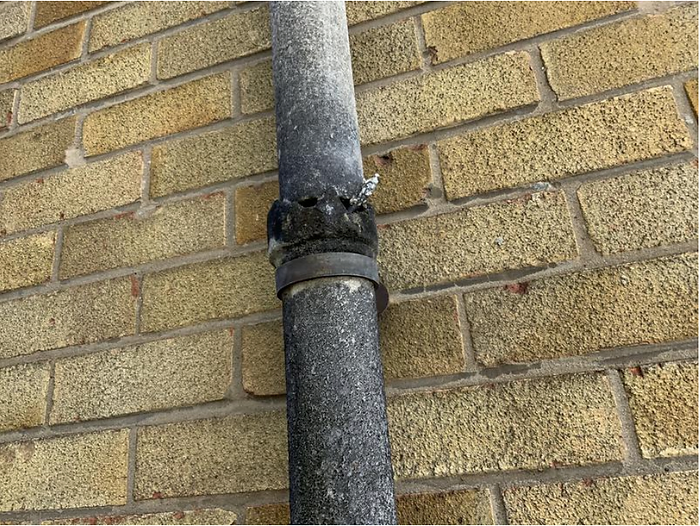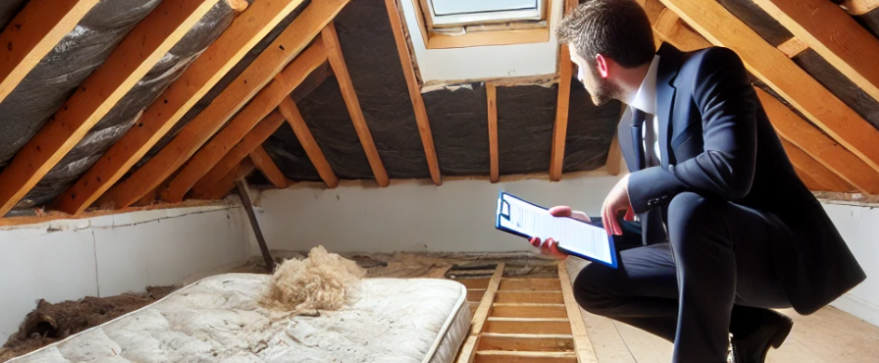Topics: Regulations - Energy Efficiency - Damp - Period Home
Minimum Energy Efficiency Standards (MEES) vs older homes - A timebomb?
4 August 2023
Author: Richard Peck
4 min read
What are the MEES regulations?
Under the Minimum Energy Efficiency Standards (MEES), landlords cannot grant a new lease or renew an existing lease for a property with an Energy Performance Certificate (EPC) rating below 'E', unless an exemption applies and has been registered on the Private Rented Sector (PRS) Exemptions Register. This came into effect for new tenancies and renewals from April 2018, and for all existing tenancies from April 2020.
In response to these regulations, certain mortgage providers have adjusted their lending policies to reflect these regulations, declining properties with lower ratings unless an exemption applies. The Mortgage Works, for example, require all applications to have a valid Energy Performance Certificate (EPC) rated E or above, or a valid exemption. For applications above 75% ‘Loan To Value’, properties must have an EPC rated ‘C’ or above. Other mortgage lenders have introduced ‘green mortgages’ where preferential rates are offered for homes with the highest EPC ratings of A and B.
In 2021, the government issued a consultation on future updates to the MEES regime, which foresees raising the minimum energy efficiency standards for let buildings to C by 2027 and B by 2030. Whilst details of the implementation of these proposals are not yet available, and it is possible that we could have a government change in 2025 with a different agenda, it seems likely that there will be changes which will impact MEES compliance, and mortgage lenders are likely to adopt their policies to reflect any further stringent regulations.
The challenge for older homes
In the UK the Median EPC score for a property built before 1930 is 59, which is an E rating.
Not all properties built before 1930 are of solid-walled construction, however, according to data from the Department for Business, Energy & Industrial Strategy, it is estimated that there are approximately 8.5 million solid-walled homes in the UK, and as of December 2020 only 9% of these benefitted from insulated walls.
Therefore, many older homes would need to be upgraded to meet the proposed minimum standards for letting and/or obtaining mortgage finance going forward.
As residential surveyors who happen to work in a part of the country where there are many older and historic homes, we can see some potential issues with these proposed changes, from protecting the heritage of homes, but also protecting the structural fabric of the buildings and the practical implications of upgrading older homes.
Heritage vs efficiency
As touched on above, to meet a 'C' rating, many of older properties, especially solid-walled homes, would need extensive upgrades. When carrying out Home Surveys for our clients we often look closely at the Energy Performance Certificates, and it’s common to see that recommended enhancements within the reports, like double-glazing, solar panels, and external wall insulation, can be unsuitable for these homes, particularly those listed or in conservation areas.
Homes that are listed or located in conservation areas can apply for EPC exemptions, but what becomes of our older homes that neither have a listed status nor fall within conservation areas? Many Victorian homes in the towns where we typically work (Warwick, Leamington Spa, Stratford Upon Avon, Solihull) aren’t listed or within conservation areas – do we want to see external wall insulation covering up the character of these properties? It’s an interesting conundrum, of course, it's important to protect our heritage, but is that more important than protecting our climate?
Interestingly, whilst there is a certain amount of prestige involved with owning an older home, in our experience, the owners of such homes can find it a bit of a pain in the backside, especially if they want to make alterations to their homes. However, if being listed protects demanding energy efficiency requirements and could ensure homes are readily mortgageable, could we see more homeowners of older properties applying for listed status?
Practical implications of upgrading older homes
Our older buildings (typically pre-1919) were constructed using vernacular materials - local, natural materials that were readily available and well-suited to the local climate and conditions. These materials, such as lime plaster, clay, natural stone, or timber, have a key characteristic: they are vapour permeable.
Vapour permeability, often referred to as 'breathability', means these materials allow moisture to penetrate their structure and then naturally evaporate and exit the building through chimneys, windows, airbricks or out through uninsulated roofs. So older buildings could ‘manage’ moisture in their original state.
When considering improvements or interventions in such buildings, it's crucial to account for the original materials' vapour-permeable nature. Any alterations that disrupt this 'breathability' can have significant consequences, potentially leading to issues like dampness or condensation. It is very common to see dampness in older solid-walled buildings caused by cement mortar or cement renders.
Recommendations for improving the insulation of solid-walled buildings typically involves either internal-wall insulation (such as insulation-backed dry-lining), external-wall insulation or a combination of both. Such alterations can have unintended consequences, as outlined in a document published by the Building Research Establishment (BRE) called ‘Solid wall heat losses and the potential for energy saving’. The document details 19 unintended consequences, which includes increased relative humidity and associated dampness, mould growth and timber defects, thermal bridging, and interstitial condensation (which is the condensation of water vapour within the layers of a building’s construction material).
From our experience, the installation quality of external wall insulation has been low, and issues are typically found where the insulation is untidily installed around openings, drainage fittings, external meters, etc., which all create weak points for moisture ingress and potential cold bridging.
Why a Level 3 Building Survey is essential for older homes
Considering the complexities and potential issues of improving older homes for energy efficiency, getting a Level 3 Building Survey is more important than ever. As building surveyors, we can provide detailed examinations of the EPC, confirm any assumptions made in the EPC report, evaluate the appropriateness of any suggested improvements, and guide homeowners about the best steps to take for their unique circumstances.
In conclusion, while the push for more energy-efficient homes is a step in the right direction towards combating climate change, it's vital that this progress doesn't come at the expense of our architectural heritage and general care for our older buildings. With professional guidance, homeowners can navigate this intricate path, ensuring their older homes remain sustainable and historically intact. So, before purchasing an older home, consider investing in a Level 3 Building Survey to make an informed decision and protect your investment.
Further insights
28 July 2023
12 September 2024



